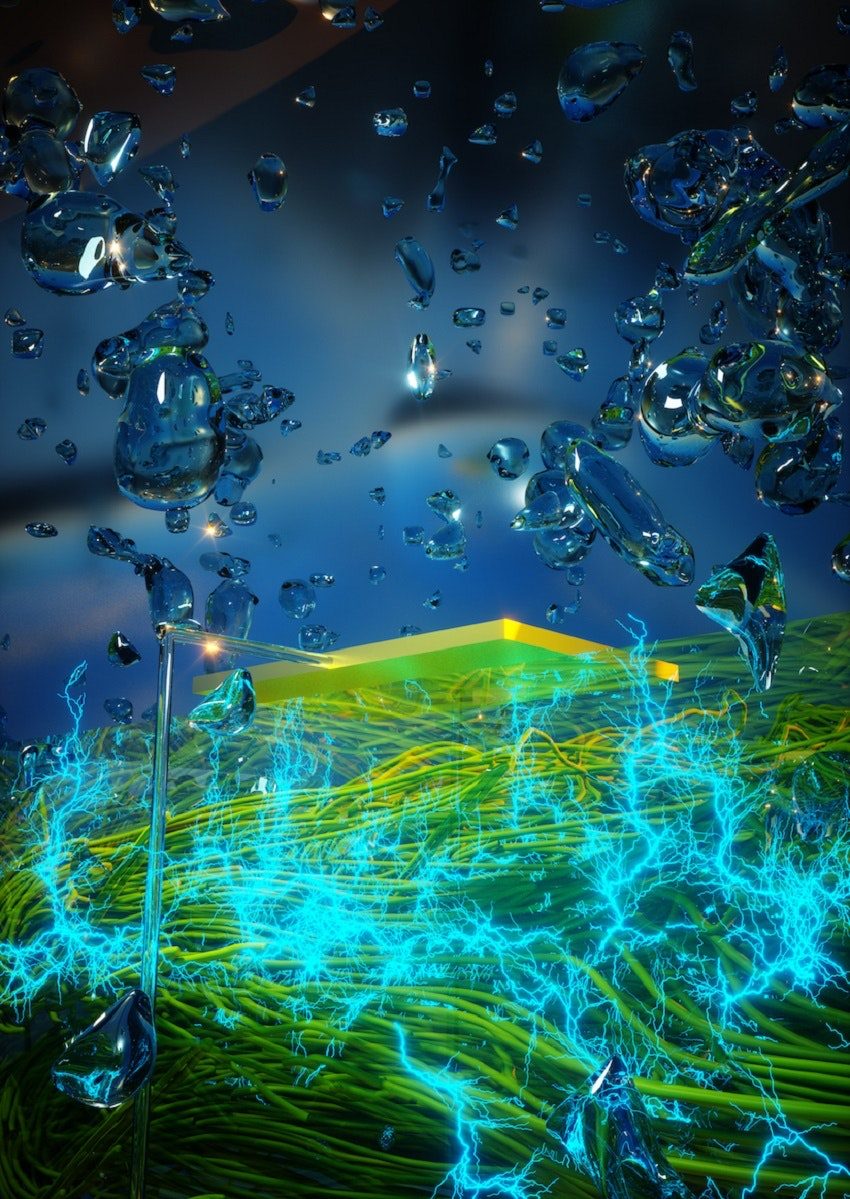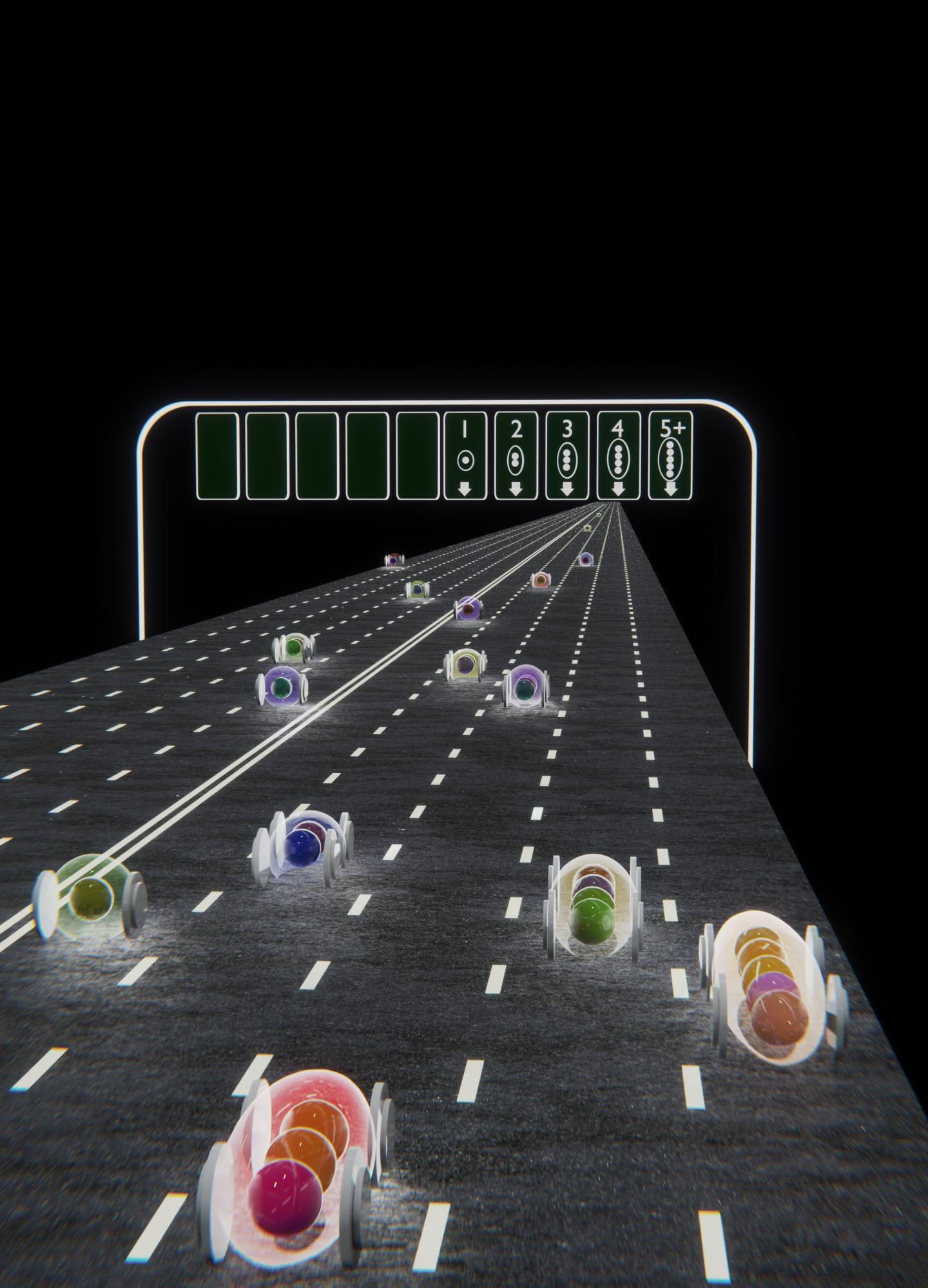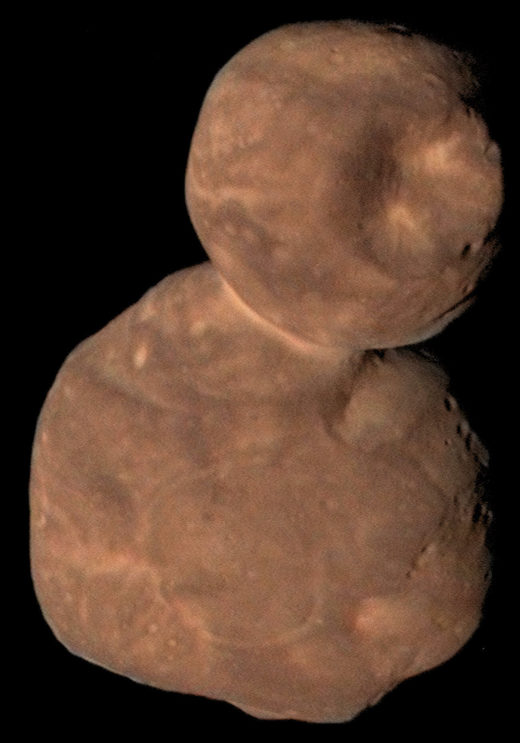
© Stock Adobe
A child's approach to learning — whether they pay attention, stay organized, follow rules, work independently, etc. — can shape how teachers' perceive their academic ability. A new study suggests that these characteristics, called non-cognitive skills, influence teachers' evaluation of students' academic aptitude differently depending on a child's race, ethnicity, and gender.
The study,
published in the journal Du Bois Review and co-authored by Yale sociologist Grace Kao, reveals a variety of racial, ethnic, and gender disparities in the association between first-grade students' non-cognitive skills and their assessed ability in math and reading. For example, the study found that teachers rated black students lower in math skills compared to white students with identical non-cognitive abilities and test scores.
"The bottom line is that even when you control for kids' math and reading abilities through their test scores, we find that teachers' perceptions of their students' non-cognitive and academic skills differ by race, ethnicity, and gender," said Kao, the IBM Professor of Sociology and chair of the sociology department. "It is especially distressing that these disparities, which have important implications on children's academic performance, are emerging as early as the start of kindergarten."
Kao and co-author Calvin Rashaud Zimmermann, an assistant professor of sociology at the University of Notre Dame, based their analyses on data from the Early Childhood Longitudinal Study, Kindergarten Class of 2010-2011, a nationally representative sample of children surveyed from the start of kindergarten through fifth grade.



Comment: Latest on Betelgeuse, discovery of a new supernova and new comet Iwamoto